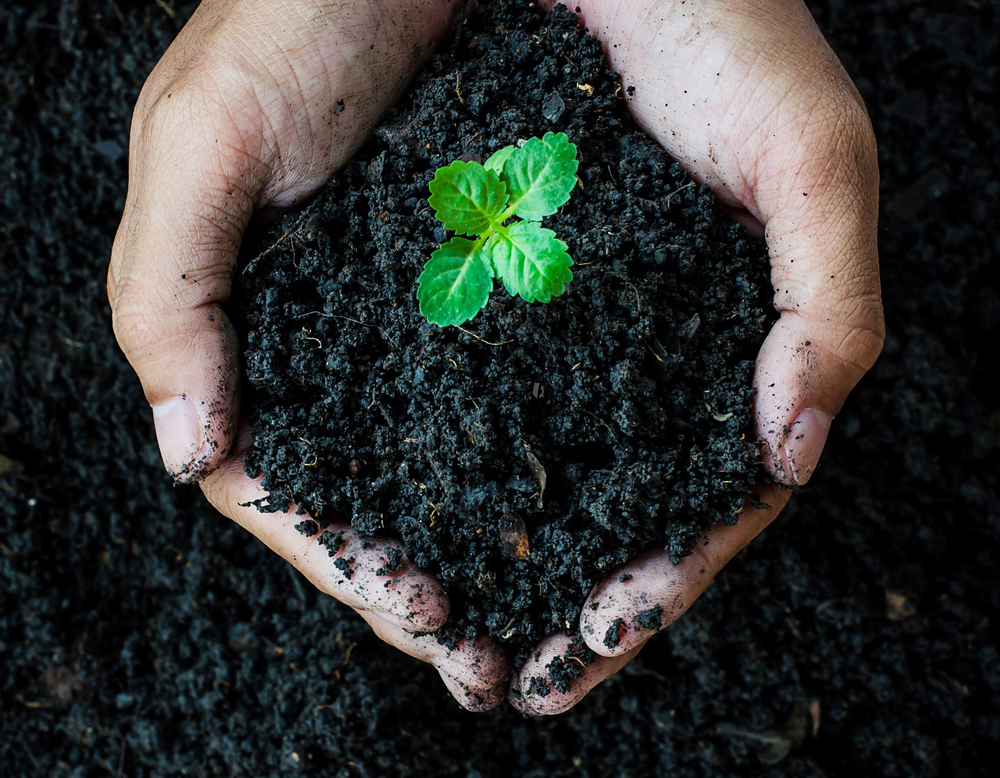
The rising levels of carbon dioxide (CO2) in the atmosphere are one of the biggest challenges that humanity is facing today. Climate change caused by increasing greenhouse gas emissions is a threat to the entire planet, affecting not just humans, but also plants and animals. The use of fossil fuels is a major contributor to the problem, and it is time to explore alternative solutions to reduce CO2 emissions.
One such solution is biochar carbon removal, a sustainable and eco-friendly technique that involves converting biomass into charcoal, also known as biochar. Biochar can be used as a soil amendment, effectively sequestering carbon while improving soil fertility.
What is Biochar Carbon Dioxide Removal?
Biochar carbon removal is a process that involves the use of biochar to sequester carbon from the atmosphere. Biochar is a type of charcoal produced by heating biomass, such as agricultural waste, wood chips, or sawdust, in the absence of oxygen. This process is known as pyrolysis.
When biomass is converted into biochar, it locks in carbon, preventing it from being released into the atmosphere. Biochar can be used as a soil amendment, where it provides a long-term storage solution for carbon.
How does Biochar Carbon Dioxide Removal Work?
Biochar carbon removal works by capturing carbon from the atmosphere and sequestering it in the soil. Biochar is a porous material that can absorb water, nutrients, and other organic compounds. When added to the soil, it improves soil fertility and enhances plant growth. Additionally, it can store carbon in the soil for hundreds or even thousands of years.
Benefits of Biochar Carbon Dioxide Removal:
- Sequesters Carbon: Biochar carbon removal has the potential to sequester significant amounts of carbon from the atmosphere. According to a study published in the journal Nature Communications, the use of biochar has the potential to reduce global CO2 emissions by up to 12 percent.
- Improves Soil Health: Biochar can improve soil health by enhancing soil structure, increasing water retention, and providing nutrients to plants. It can also reduce the need for synthetic fertilizers, which can be harmful to the environment.
- Reduces Waste: The use of biochar can help reduce the amount of agricultural waste that is generated. Instead of burning crop residues, which release carbon into the atmosphere, they can be converted into biochar.
- Reduced Greenhouse Gas Emissions: By sequestering carbon from the atmosphere, Biochar Carbon Dioxide Removal can help reduce greenhouse gas emissions and combat climate change.
- Water retention: Biochar increases water retention capacity, reducing irrigation needs and preventing soil erosion.
Generating Carbon Credits with Biochar
Carbon credits are a tradable commodity that represents the right to emit one tonne of carbon dioxide or its equivalent. One way to generate carbon credits is through biochar production. By using biochar instead of fossil fuels, the amount of carbon dioxide released into the atmosphere is reduced, thus creating carbon credits.
Biochar has a long lifespan, which means that the carbon stored in it remains sequestered for a long period of time. This makes it an ideal way to reduce greenhouse gas emissions and generate carbon credits.
By generating carbon credits, biochar projects can provide a financial incentive for farmers and land managers to adopt sustainable land management practices that sequester carbon and reduce greenhouse gas emissions.
FAQs:
Q: Can biochar be produced on a large scale?
A: Yes, biochar can be produced on a large scale using various methods. The production process is relatively simple and can be scaled up easily.
Q: Is biochar safe for the environment?
A: Yes, biochar is safe for the environment. It is a natural and sustainable solution to combat climate change.
Q: Can biochar be used for other applications?
A: Yes, biochar has many other applications. It can be used as a fuel, as a water filtration medium, and as a building material.
Q: What materials can be used to make biochar?
A: Biochar can be made from a variety of organic materials, including wood chips, agricultural waste, and animal manure.
Q: How much carbon can biochar sequester?
A: The amount of carbon that biochar can sequester depends on several factors, including the type of feedstock used, the production method, and the application rate.
Q: Can biochar be used in urban areas?
A: Yes, biochar can be used in urban areas to improve soil health and sequester carbon.
Biochar carbon removal is a promising solution to combat climate change. By sequestering carbon in the soil and improving soil fertility, biochar has the potential to make a significant impact on the environment. With further research and development, it could become an essential tool in the fight against climate change. By supporting the use of biochar carbon dioxide removal, we can work towards a sustainable future for our planet.